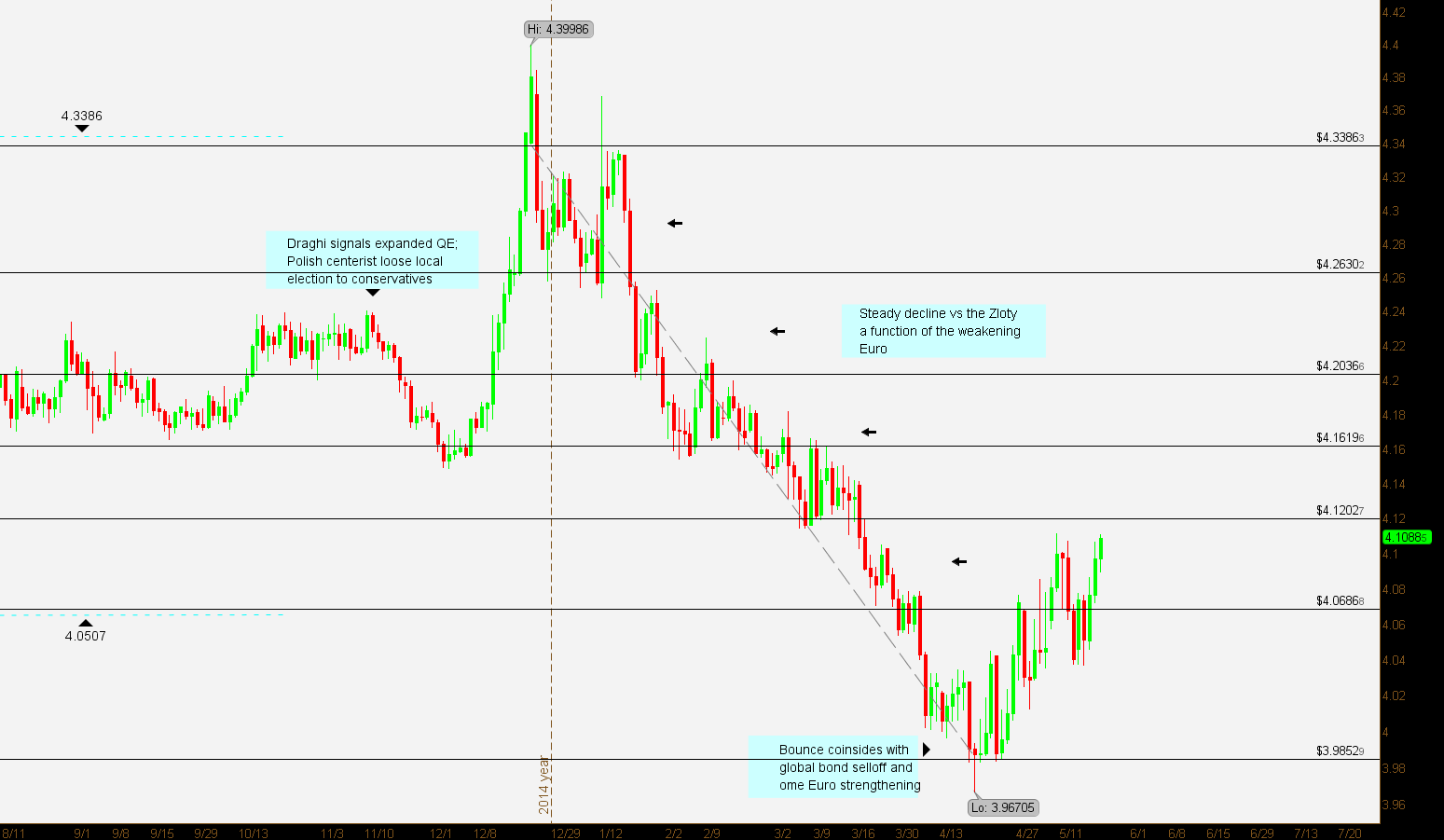According to the WTO, among global trade, Poland ranks 26th in global exports and 25th in global imports; excluding trade within the EU. Poland has a current account surplus of approximately +£481.4 million, a trade to GDP ratio of 92.9 and trade per capita of £7,951.3.
Poland’s main exports include: Vehicle Parts, 4.87%; autos, 3.3%; seats, 2.37%, refined petroleum products, 2.23% and video displays, 2.15%. Poland’s largest export partners are Germany, 23.33%; United Kingdom, 6.63%; France, 6.04%; Czech Republic, 5.78% and Russia, 5.25%. Hence the top 4 export partners are fellow EU members.
Poland’s main imports are: crude petroleum, 9.24%; vehicle parts, 2.89%; autos, 2.62%; packaged medicaments, 2.19% and computers, 2.19%. The top import partners are: Germany, 22.4%; Russia, 11%; China, 8.89%; Italy 5.32% and France, 4%.
A breakdown of Polish trade with its top partner Germany shows that exports include autos, vehicle parts, combustion engines and engine parts, tires, seats, refined copper and insulated wire. On the import side, once again, it’s weighted towards auto manufacturing along with refined petroleum, intermediate iron, plastics and agricultural products and equipment. It’s interesting to note that the bulk of Russian imports, almost 78%, are: crude oil, gasoline, cooking coal, passenger and cargo ships. Exports back to Russia are generally the same as its EU partner trade (excluding German trade).
Poland must import 494,000 bbl of petroleum per day. It ranks 48th globally in natural gas, producing 219 billion ft3 and imports 433 billion ft3 annually. However it is the 9th largest coal producer in the world with over 158.2 million tons mined and exporting nearly 15 million tons, annually. Coal production is second only to Germany.
World FactBook statistics indicate PPP-GDP is £611.3 billion, ranking it 25th globally. Its 2014 estimated GDP growth is 3.2%, ranking it 98th and PPP GDP per capita ranks 72nd at £15,844. Household spending accounts for 61% of GDP followed by government spending, 17%; cap-ex, 18.7%, exports of goods and services 49.2% and imports -47.5%. Unemployment in Poland is nearly 8%, down from the 2013 high of 10.33%. The average 2014 unemployment rate in the EU is 12%.
Narodowy Bank Polski is Poland’s central bank currently governed by Marek Belka. Although Poland is an EU member, it continues to use its legacy currency, the Zloty. Like most central banks, the NBP’s objective is to maintain price stability with an inflation target within ±1% of 2.5%. Among its other functions, the NBP issues currency, engages in open market and credit deposit operations and sets reserve requirements. Currently its benchmark ‘Reference Rate’ is 1.5%, Deposit Rate is 0.5%, the Rediscount Rate is 1.75% and the Lombardi rate is 2.50%. The core inflation rate is reported at 0.1%. The 10 Year bond is yielding 2.820%; government debt is S&P rated A-.
In summary, except for petroleum and gas from Russia, Poland trades almost exclusively within the EU, with a heavy weighting in the German auto manufacturing sector. Hence its currency may be most influenced by German automobile exports and petroleum and gas import costs from Russia. The weak Euro favors German exports. EU sanctions have reduced Poland’s trade with Russia, but Russian crude deliveries to Europe are unaffected. Further, Russian oil export tariffs have been cut making oil less expensive for Poland.

Over the past four years EUR/PLN has traded in a wide but stable range, with a low of 3.9183 in May of 2010 high of 4.5988 in December of the same year. Generally, it has traded between 4.0507 and 4.3386 but its pattern began to change as economic data began to indicate very low growth and plunging sovereign bond yields. The break with pattern began in mid-November, 2014 correlating with two events: ECB President Draghi signaling the need for a more expansive bond buying program and the signs of a shift away from Poland’s European leaning ‘Civic’ party towards the more conservative ‘Law and Justice’ party and populist ‘Peasants Party’. From mid-November through mid-December the Zloty strengthen and suddenly reverse sharply sending EUR/PLN to a multi-year high of 4.39986. Possible reasons: the Ukraine rebellion, plummeting oil prices and the expansion of the ECB QE program. However, it was all downhill from there accelerated with the Swiss National Bank decoupling from the Euro in mid-January. One major concern was over foreign currency mortgages, especially those financed with Swiss Francs. Nevertheless money flowed out of Euros and into Polish Sovereigns.
It’s reasonable to expect EUR/PLN to remain in the lower end of its range, depending on two factors: ECB QE and sanctions on Russian trade.
Recommended Content
Editors’ Picks
EUR/USD edges lower toward 1.0700 post-US PCE

EUR/USD stays under modest bearish pressure but manages to hold above 1.0700 in the American session on Friday. The US Dollar (USD) gathers strength against its rivals after the stronger-than-forecast PCE inflation data, not allowing the pair to gain traction.
GBP/USD retreats to 1.2500 on renewed USD strength

GBP/USD lost its traction and turned negative on the day near 1.2500. Following the stronger-than-expected PCE inflation readings from the US, the USD stays resilient and makes it difficult for the pair to gather recovery momentum.
Gold struggles to hold above $2,350 following US inflation

Gold turned south and declined toward $2,340, erasing a large portion of its daily gains, as the USD benefited from PCE inflation data. The benchmark 10-year US yield, however, stays in negative territory and helps XAU/USD limit its losses.
Bitcoin Weekly Forecast: BTC’s next breakout could propel it to $80,000 Premium

Bitcoin’s recent price consolidation could be nearing its end as technical indicators and on-chain metrics suggest a potential upward breakout. However, this move would not be straightforward and could punish impatient investors.
Week ahead – Hawkish risk as Fed and NFP on tap, Eurozone data eyed too

Fed meets on Wednesday as US inflation stays elevated. Will Friday’s jobs report bring relief or more angst for the markets? Eurozone flash GDP and CPI numbers in focus for the Euro.